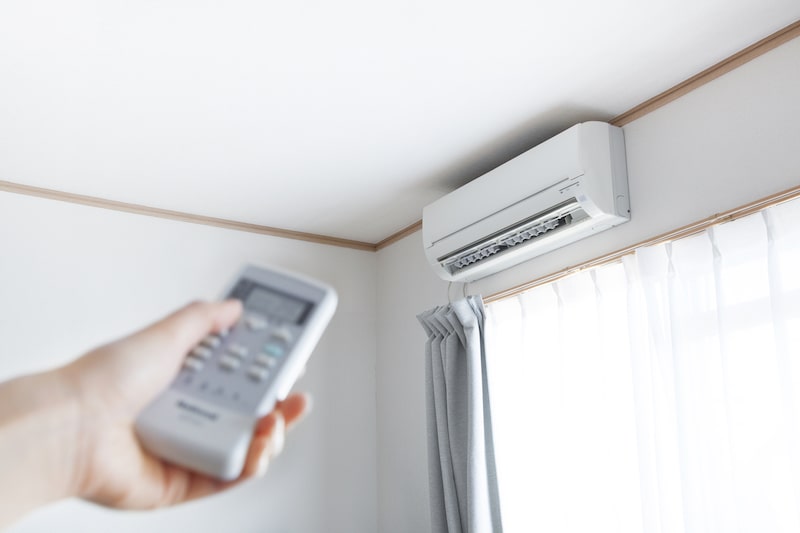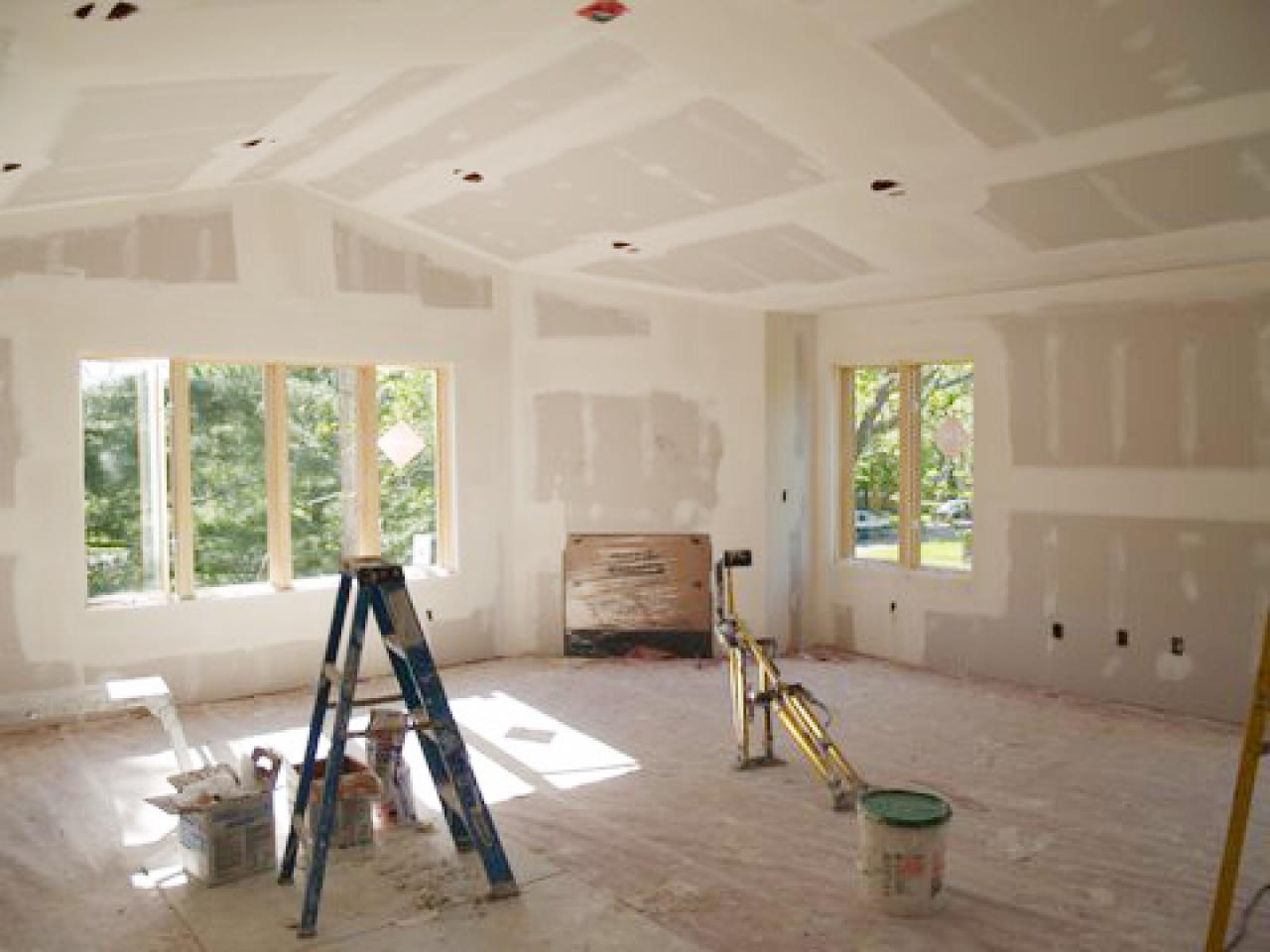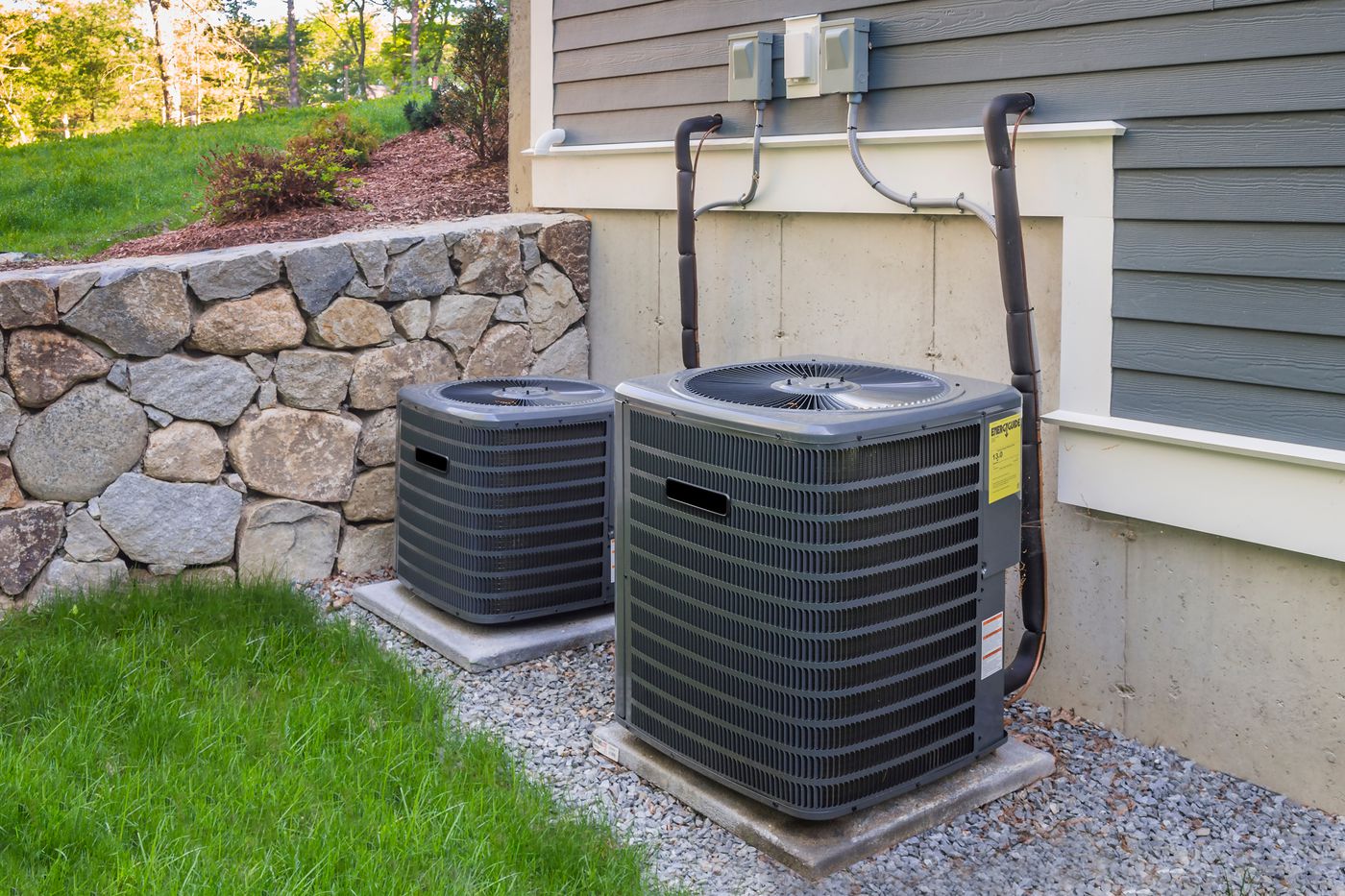Choose The Best Heating & Cooling For Your Home
We all know that A/C cools us down on sweltering days, when just the thought of venturing outside is exhausting. Air conditioners also remove moisture from indoor air, keeping humidity levels down and preventing mold growth. When you add on to your home, however, you’ll need to think about how you’ll get cooled or heated indoor air into the new space. The last thing you want is humid air ruining your new construction.
Conditioning your home addition is key to maintaining comfort and discouraging mold and mildew from ruining your space. There are a few different air conditioning and heating options for home additions, depending on what type of space you have: central air conditioners, room air conditioners, ductless mini-split systems, heat pumps, and traditional furnaces.
Read on to choose the best heating & cooling for your home, and then call Murrayville Plumbing & Heating to install and maintain your new system.
Different Types of Additions
First things first, there are different types of addition projects, based on the amount and type of space you’re adding to your home. Each type of addition has different cooling and heating needs.
Home additions
A home addition is a major remodeling project that adds multiple rooms to a house. Home addition projects try to blend with the existing structure for a seamless look, as if your house was that size all along.
Room additions
A room addition is just what it sounds like: A room is added to your home. Many homeowners choose to add a bedroom or a bathroom to a home to make room for more family members or to increase the resale value of the property.
Bump-outs
Sometimes room additions are referred to as bump-outs, but a bump-out can be a space smaller than a whole room. Bump-outs are usually intended to improve an existing room. Adding some square footage to a tiny kitchen or living room or expanding a small bathroom to include room for a full-size bathtub can make a huge difference.
Sunrooms
Usually used as an extra living space and closed off from the rest of the house with doors, a sunroom is different from other room addition projects. Sunrooms aren’t meant to be slept in, and they don’t include kitchen or bathroom areas. They’re also not required by building code to be heated and cooled.
We’ll focus on A/C solutions for full-blown home and room additions, since bump-outs and sunrooms don’t always require extra heating and cooling considerations. If you’re unsure about the heating and cooling needs for your addition, ask your HVAC pro at Murrayville Plumbing to help.
Heating and Cooling Your Home Addition
Window unit air conditioners
When I lived in a shoebox-sized room in a basement during college, my trusty window unit kept the temperature comfortable. Window A/C units are easy to install, and they are one of the most affordable options available. Some window units can heat a space as well as cool it.
Pros
- Straightforward solution for cooling a space that is not currently connected to a central system
- Cost effective and easy to install
- Allows you to cool only the spaces you’re using at the moment
Cons
- Not the most discreet or attractive option on the market
- Meant to cool relatively small spaces, so you might need multiple units
- Not all window units have an option for heat
Through-the-wall air conditioners
Similar to window units, although more expensive, through-the wall A/C systems are installed in an exterior wall. Through-the-wall units are typically capable of both cooling and heating a space.
Pros
- Don’t impact your window space
- More affordable and less invasive option compared to expanding an existing central HVAC system
Cons
- Requires making an opening in an exterior wall
- Not attractive to look at and are not hidden or out of sight like central air systems
- Installation is a bit more complex than installing a window unit
Add on to your existing HVAC system
An existing central HVAC system can be expanded to accommodate a home addition. If the current system has enough capacity to cool the additional space, it’s as simple as adding ductwork to service the new rooms.
This will add expense to your project if the addition is complete (or at least has finished drywall), but it may be worth it if your budget and existing HVAC system can handle it.
Pros
- System components are hidden, making it the best option for a visually appealing space with no distracting equipment
- Creates a seamless transition between the new space and the rest of your home
Cons
- Adding new ductwork is labor intensive and can be costly, especially if the addition is already complete
- An older HVAC system may not condition the new space efficiently
Ductless mini-split systems
Ductless mini-split systems are growing in popularity for residential use. They require more investment up front than single-room A/C units, but the indoor units are more attractive and less conspicuous than window or through-the-wall units.

A ductless mini-split system is divided into two parts, like central air: an air handling unit inside and a condenser unit outside. Air handling units are typically installed high on an interior wall, and the temperature and other settings are controlled with a remote. They allow you to control which spaces are being conditioned.
Many ductless systems allow you to connect multiple indoor units to one outdoor unit, but because there is only one condenser unit, all the indoor units will have to run at the same temperature. A ductless multi-split system does allow you to customize temperatures in different rooms, or zones.
Ductless systems are more energy efficient than window, through-the-wall units, and central A/C systems, and they also provide heat.
Pros
- Energy efficient
- More attractive than single-room air conditioners.
- More affordable and easier to install than a central air conditioning system
- More flexibility on indoor unit placement than window units
Cons
- More expensive than window and through-the-wall units
Choosing a System for Your Home Addition
Here are some questions to consider before choosing a heating and cooling option for your addition:
- What is the size of the space you are conditioning?
- What is your budget?
- What are the installation considerations?
- Are you concerned with the appearance of the system?
If you have several rooms to condition and a small to medium budget and you, research ductless mini-split systems and ask your HVAC technician for their recommendations.
If you only have a couple rooms to cool and your budget is small, room units could be your solution.
If your existing central HVAC system is fairly new and working smoothly and you have a medium to large budget, ask your HVAC pro to make sure your A/C system is sized correctly to handle the new space. If it can’t accommodate the additional square footage, ask your HVAC pro about upgrading it or installing another unit.
Installing Your System
Once you’ve chosen a system to cool and heat your home addition, it’s time for the pros to install it. Installation may be different depending on if you’re installing a system during construction or after the addition is complete.
 Installing a system during construction
Installing a system during construction
If your addition is in the process of being built, it’s easier to install ductwork for a central air conditioning system now than after the fact.
Room units and ductless mini-split systems can be installed any time, although it is more convenient if they are installed before you move into the space.
Installing a system in a finished space
A window or wall air conditioning unit or ductless mini-split are better options for a finished home addition space in terms of cost and time. It’s expensive to add ductwork if a space is already completed; you’d have to get into the ceilings and walls.
Maintaining Your Air Conditioner
Now that you’ve created a new space in your home, ensure that you’ll enjoy it for years to come by scheduling regular A/C maintenance service.
Many companies offer maintenance plans. Signing up for a maintenance or service plan with your HVAC company has many benefits:
- Problems can be caught and corrected early, ensuring your system will run more efficiently
- Equipment lasts longer when properly cared for
- You’ll get to know your technicians and your HVAC company
- You may be given priority for emergency service
Whether you sign up for a maintenance plan or not, having a pro come out a couple times a year to make sure things are in good shape is the best way to protect your system.
The Bottom Line
Central air, room air conditioners, and ductless mini-split systems all have advantages and disadvantages to consider. Room air conditioners are great economical options, ductless mini-split systems are energy-efficient and flexible, and central HVAC systems allow for your home addition to join seamlessly with the rest of the home.
Weigh your options, consider your budget, and consult an HVAC professional to find the right cooling and heating options for your home addition. Once the new system is installed, schedule regular maintenance to protect your investment and keep your new space comfortable. If you live in Langley or the Fraser Valley you can count on the professionals at Murrayville Plumbing & Heating to help you with all your heating and cooling needs. We have a team ready for installs, maintenance and service.



 Installing a system during construction
Installing a system during construction